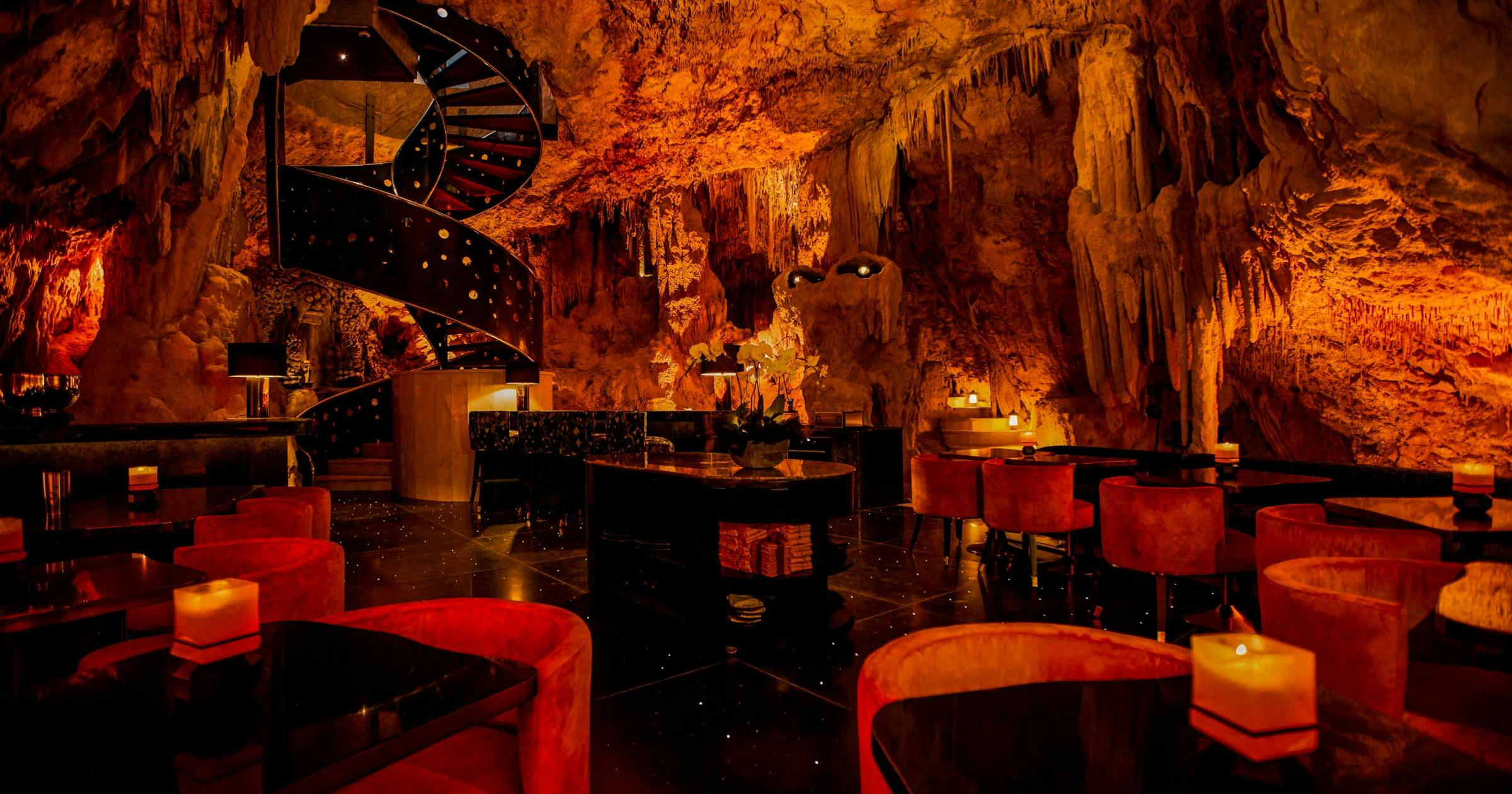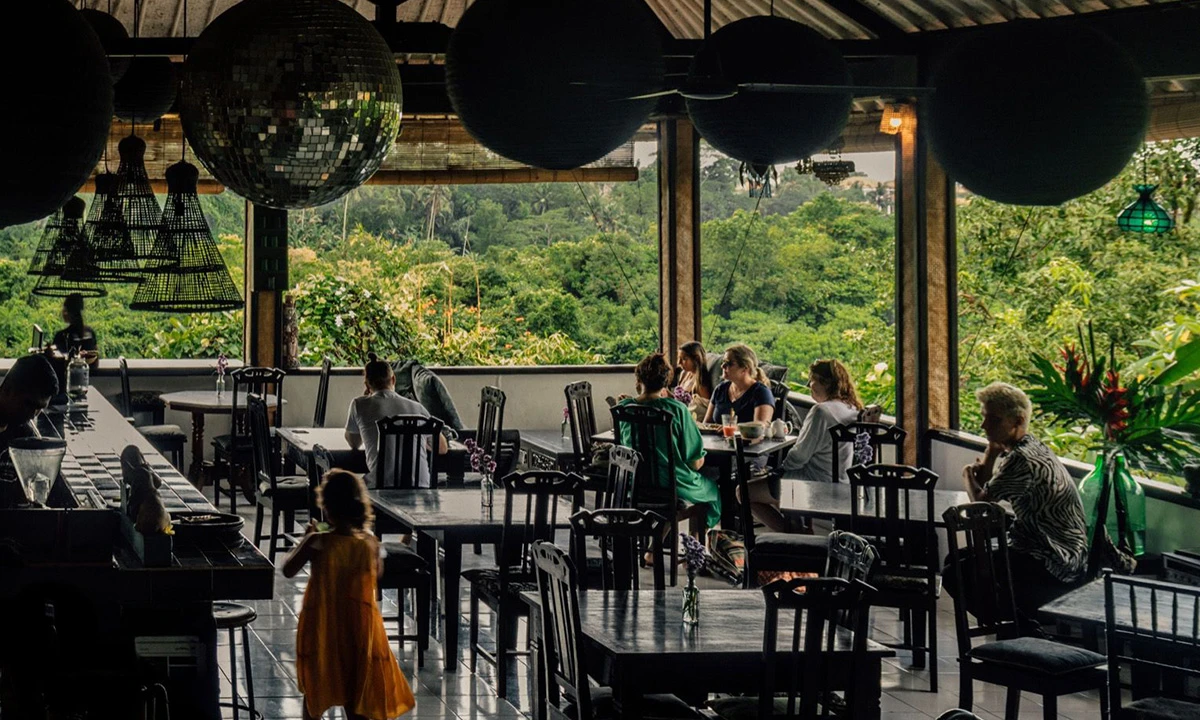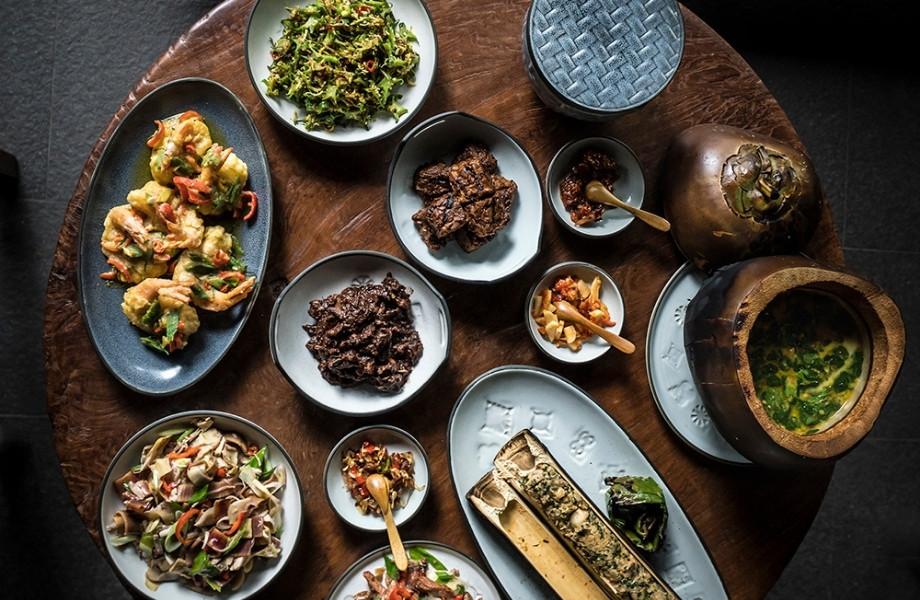Personal Review of Bali Restaurants That Feel Truly Michelin Star
I’ve eaten my way across Bali for years, from quiet Ubud valleys to cliffside sunsets in Jimbaran and the neon swirl of Seminyak. A handful of restaurants consistently deliver the rigor, craft, and hospitality I associate with Michelin Guide standards. While Indonesia doesn’t yet have local Michelin coverage, these eight Bali standouts meet the brief for me: exacting technique, ingredient integrity, distinct identity, and service that anticipates rather than reacts.

Sardine by K-Club, Seminyak
Sardine’s magic has always been the juxtaposition of refined seafood with living rice-field views; the current K-Club era keeps that DNA intact while lifting the room and service polish. Plates are unfussy and ingredient-forward, which is exactly what you want when the product is pristine. Sardine whispers “Bali” through breeze, light, and a menu that lets the day’s catch do the talking. The team’s pacing, especially at sunset, and their handling of temperature on delicate fish are quietly exemplary.
Why it feels Michelin-level: Sardine achieves a near-perfect balance between simplicity and precision. Its mastery lies in restraint—the ability to let fresh produce and seafood speak without overworking the plate, paired with service that feels natural and intuitive

Apéritif Restaurant, Ubud
Apéritif is a fine dining restaurant in Ubud, Bali. The choreography is precise but never stiff, the wine service confident, and the tasting menu under Executive Chef Nic Vanderbeeken is an argument for “borderless” cuisine done with restraint and purpose. The kitchen threads lesser-known Indonesian ingredients through a modern European-leaning grammar, showy when it needs to be, invisible when it shouldn’t. The room itself, with white tablecloths, a proper cellar, and an in-house sommelier, sets a classical stage for a contemporary performance. This is where I take guests when I want them to understand that Bali does world-class fine dining on its own terms.
Why it feels Michelin-level: Every detail at Apéritif is outstanding and is engineered for harmony—from pacing and plating to wine pairings and service tone. The fine dining tasting progression has purpose, each dish builds on the last, and the sommelier’s insight ties it all together. The refinement, precision, and consistency place it squarely in Michelin territory.

The Cave by Ryan Clift, Uluwatu
Dining beneath stalactites could be a gimmick, but here it’s theater with discipline. The Cave’s 22 seats and tightly paced seven- or ten-course menus keep the experience focused. Courses swing from playful to razor-clean, and the beverage pairings earn their keep rather than just filling a line on the bill. The tasting arc has been engineered: textures, temperatures, and aromatics rise and fall like a well-rehearsed score, and the subterranean setting heightens concentration rather than distracting from it.
Why it feels Michelin-level: The Cave masters precision and pacing, hallmarks of a high-caliber tasting menu. Each course feels intentional, and the balance between innovation and flavor integrity mirrors the finesse of a Michelin establishment.

Arcadia, Ubud
Arcadia is a quieter pleasure, riverside near Campuhan, where stillness lets plates speak. The cooking reads as contemporary global, but with the kind of clarity I associate with top kitchens: seasoning that lands, acids that lift, and portions that respect progression. I left thinking less about fireworks and more about balance, which is a different kind of mastery. In a town that can feel busy, the calm of this room and its outlook over the river create the contemplative frame fine cooking deserves.
Why it feels Michelin-level: Arcadia impresses with its balance and restraint. The flavors are nuanced rather than loud, the plating refined without pretension, and the service rhythm perfectly tuned. It’s the kind of understated sophistication Michelin often rewards.

Nusantara by Locavore, Ubud
Nusantara takes the archipelago seriously, and that seriousness shows in the details—spice calibrations, regional techniques, and a refusal to flatten Indonesia into a single “Balinese” shorthand. Where many modern Indonesian menus chase novelty, Nusantara chases fidelity and depth; it’s a study in terroir and tradition that still feels urbane and polished. The point of view is expressed consistently across snacks, mains, condiments, and service cadence.
Why it feels Michelin-level: Nusantara demonstrates culinary storytelling at a national scale. Its exploration of Indonesia’s regions shows mastery in technique, balance, and authenticity—an approach Michelin prizes for cultural and culinary integrity.

Zali, Pererenan
A Lebanese restaurant on a list of would-be Michelin addresses? Absolutely, because Zali’s hospitality is textbook: warm, informed, and efficient. The cooking is soulful and precise—tahini that tastes alive, meats with true charcoal character, vegetables treated as anchors rather than sides. I’ve had mezze spreads here that rival fine dining for narrative: brightness, comfort, and a satisfying sense of completeness.
Why it feels Michelin-level: Zali blends authenticity with executional finesse. Every dish feels purposeful, service is attentive without being intrusive, and the consistency across visits shows professional discipline. It’s heartfelt dining elevated by technical control.

FIRE at W Bali – Seminyak
Grill-forward restaurants often rely on bravado; the best rely on control. FIRE’s whole proposition—primal heat, exacting sear, generous seafood—is supported by a brigade that respects sourcing and timing. The dining room’s energy can run high, but the plates land with accuracy: crust developed, centers blushing, seasoning assertive but not salty. The beverage program is strong, and specials add variety without compromising standards.
Why it feels Michelin-level: FIRE’s precision with open-flame cooking is rare. The consistency of sear, texture, and doneness across proteins reflects exceptional technical command. The coordination between kitchen and service is seamless—true Michelin polish in a vibrant setting.
Opia Bali, Jimbaran
Opia’s cliff-edge position overlooking Jimbaran gives it romance in spades, but the surprise is how often the kitchen matches the view. Dishes come out polished rather than precious, with sauces that are properly reduced and proteins that stay moist in an open-air setting—no small feat in Bali’s climate. Service is gracious and event-savvy, yet they manage à-la-carte tables with pace and attention.
Why it feels Michelin-level: Opia embodies balance between spectacle and substance. The food quality equals the view, the presentation is elegant but confident, and the consistency during both quiet and full-house nights proves professionalism worthy of Michelin notice.
Conclusion
Across these rooms, I found the same standards that define Michelin-caliber dining: identity, precision, service intelligence, and emotional resonance. Each restaurant tells a story through flavor and rhythm, not just décor or hype.
If Michelin inspectors ever land in Bali, I’m certain these eight establishments would be among the first to earn stars. Until then, diners like me can enjoy knowing that world-class culinary artistry is already alive and well here—no guidebook required.
